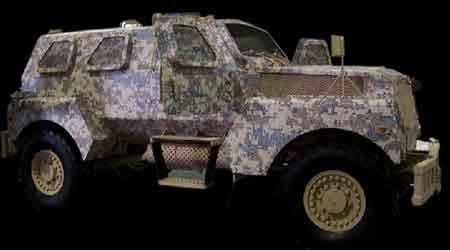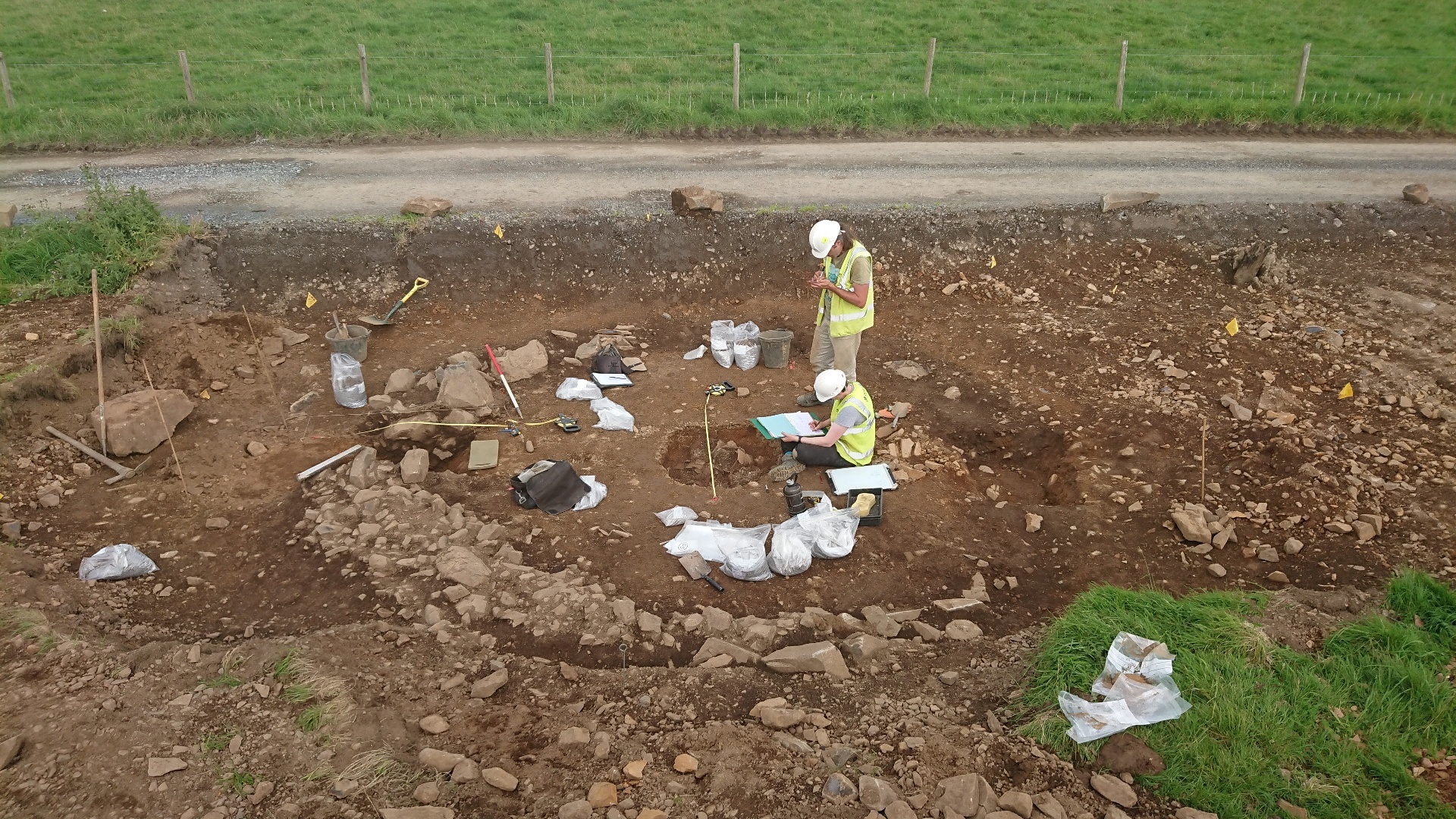Satellite Images Used to Create Better Camouflage

The art of concealing troops and their vehicles has come a long way from the first "camouflage" division formed in France in 1915. The French army called in artists to help prepare colors and designs; the Americans later used the same idea, calling on artists like Grant Wood, the painter of the "American Gothic."
Today, Photo-Veil from Military Wraps is a mesh material that uses images gathered from cameras on drones and satellites to camouflage military vehicles. The lightweight, customizable, foldable, portable and waterproof mesh material is also able to mask thermal and infrared output, making it ideal for blinds and ghillie suits. (At least until your invisibility cloak is ready.)
Camouflage differs with each battlespace. In addition, painting camouflage on vehicles has been a time-consuming and costly endeavor. Vehicles must be moved to a shop, painted and returned to the unit, which means they are not in operational service for that period. Structures had their own challenges. Camouflage painters had to go to the structure. The challenge for the company was showing others how to use the technology in the field. Help came from AS&C’s MilTech program, which enabled the company to develop a train-the-trainer course. As a result, military personnel can apply the camouflage technology in the field, and train others to apply it.
Users of the Photo-Veil technology report that it works very well; the material can be layered to change camouflage characteristics during missions.
This is a science-fictional idea any way you look at it. Depending on your reading, you might be reminded of the mimetic polycarbon suit from the 1984 novel Neuromancer by William Gibson:
His body was nearly invisible, an abstract pattern approximating the scribbled brickwork sliding smoothly across his tight one piece [suit].
Or, you might be thinking of chameleon cloth from the 1977 novel Dying of the Light by George R.R. Martin:
They rode forward together, gaining altitude steadily... The chameleon cloth overalls they wore had gone all gray and white...
Depending on how fast it performs its tricks as a ghillie suit, you might even be thinking of the scramble suit from the 1977 classic novel A Scanner Darkly by Philip K. Dick:
As the computer looped through its banks, it projected every conceivable eye color, hair color, shape and type of nose, formation of teeth, configuration of facial bone structure - the entire shroudlike membrane took on whatever physical characteristics were projected at any nanosecond, then switched to the next...
See Military Wraps and Military Wraps Photo-Veil info (pdf) for more information.
Get the world’s most fascinating discoveries delivered straight to your inbox.
(This Science Fiction in the News story used with permission of Technovelgy.com)


